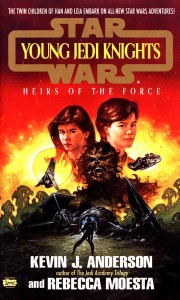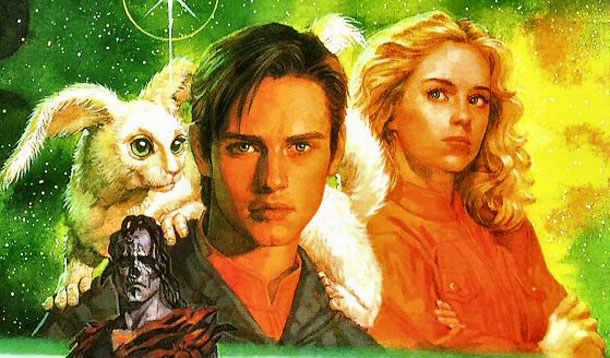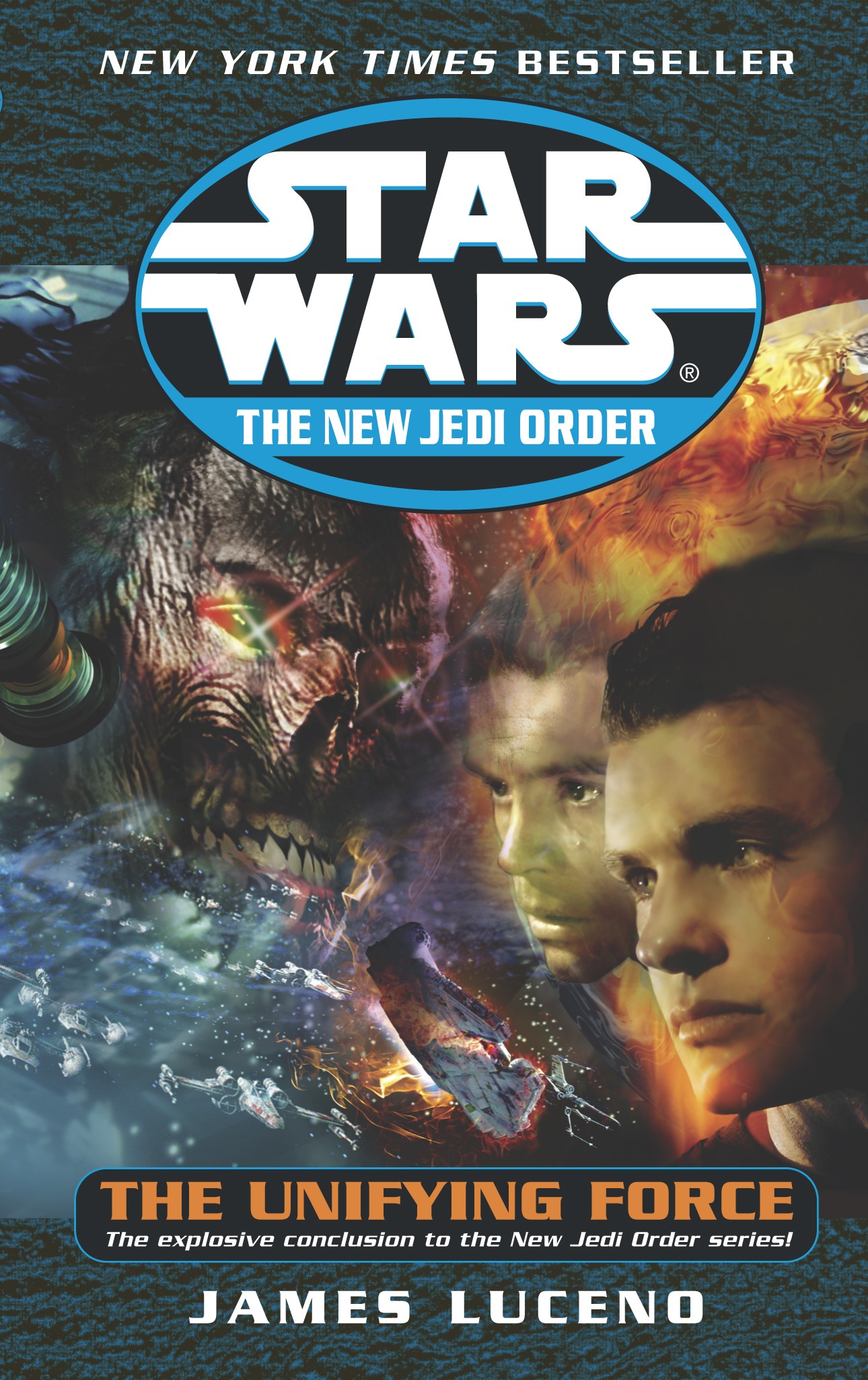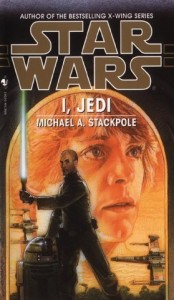 Disney has a new generation in its hands. The youngest generation of Star Wars fans, brought in by The Clone Wars and Rebels and now the sequels, will be growing up with new heroes. There are definitely some Star Wars fans now who were introduced to the GFFA with Clone Wars, identified a lot with Ahsoka and her age. The equivalent, for many of us who were big EU fans as children, ran into a group of younger characters varied enough that all of us could identify with at least one of them. They were closely connected to the familiar characters of Star Wars, and made their own stories within the GFFA. As a series and for what it did for the SW universe, it would be worth it for Disney to learn from the Young Jedi Knights series.
Disney has a new generation in its hands. The youngest generation of Star Wars fans, brought in by The Clone Wars and Rebels and now the sequels, will be growing up with new heroes. There are definitely some Star Wars fans now who were introduced to the GFFA with Clone Wars, identified a lot with Ahsoka and her age. The equivalent, for many of us who were big EU fans as children, ran into a group of younger characters varied enough that all of us could identify with at least one of them. They were closely connected to the familiar characters of Star Wars, and made their own stories within the GFFA. As a series and for what it did for the SW universe, it would be worth it for Disney to learn from the Young Jedi Knights series.
Young Jedi Knights was a young-reader series devoted to the adventures of Jacen, Jaina, and their friends in the Jedi Academy on Yavin IV. It brought in the cast who later would become the Jedi of the New Jedi Order, gave the next generation of Solos a lot of life, and continued Star wars adventures for a younger crowd. Even though YJK was written for a teen audience, it still handled similar plot material to the rest of Star Wars, and retained the feeling of the universe, set up new characters, and gave a good jumping-off point for further adventures without feeling too much like a kids’ book.




